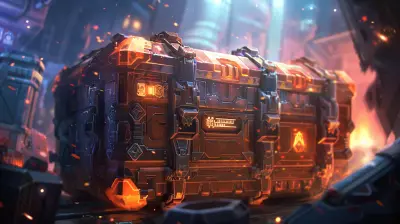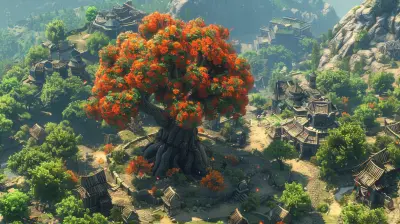When Is Less More? Minimalist Character Customization Designs That Work
6 August 2025
The gaming world is vast. Infinite even. There’s a game out there for everyone—from the hardcore simulator buff to the casual mobile player. But one thing almost everyone bumps into these days? Character customization. It’s become a staple. Pick your face, tweak your nose, adjust your jawline, scroll through a hundred hairstyles... You get the point.
But wait—do you really need all of that?
In an era where more is often seen as better, minimalism in game design is making an unexpected, yet welcome, comeback. Especially when it comes to character customization. Let’s talk about how “less is more” actually makes for deeper player immersion, cleaner gameplay, and dare I say it—more creative freedom.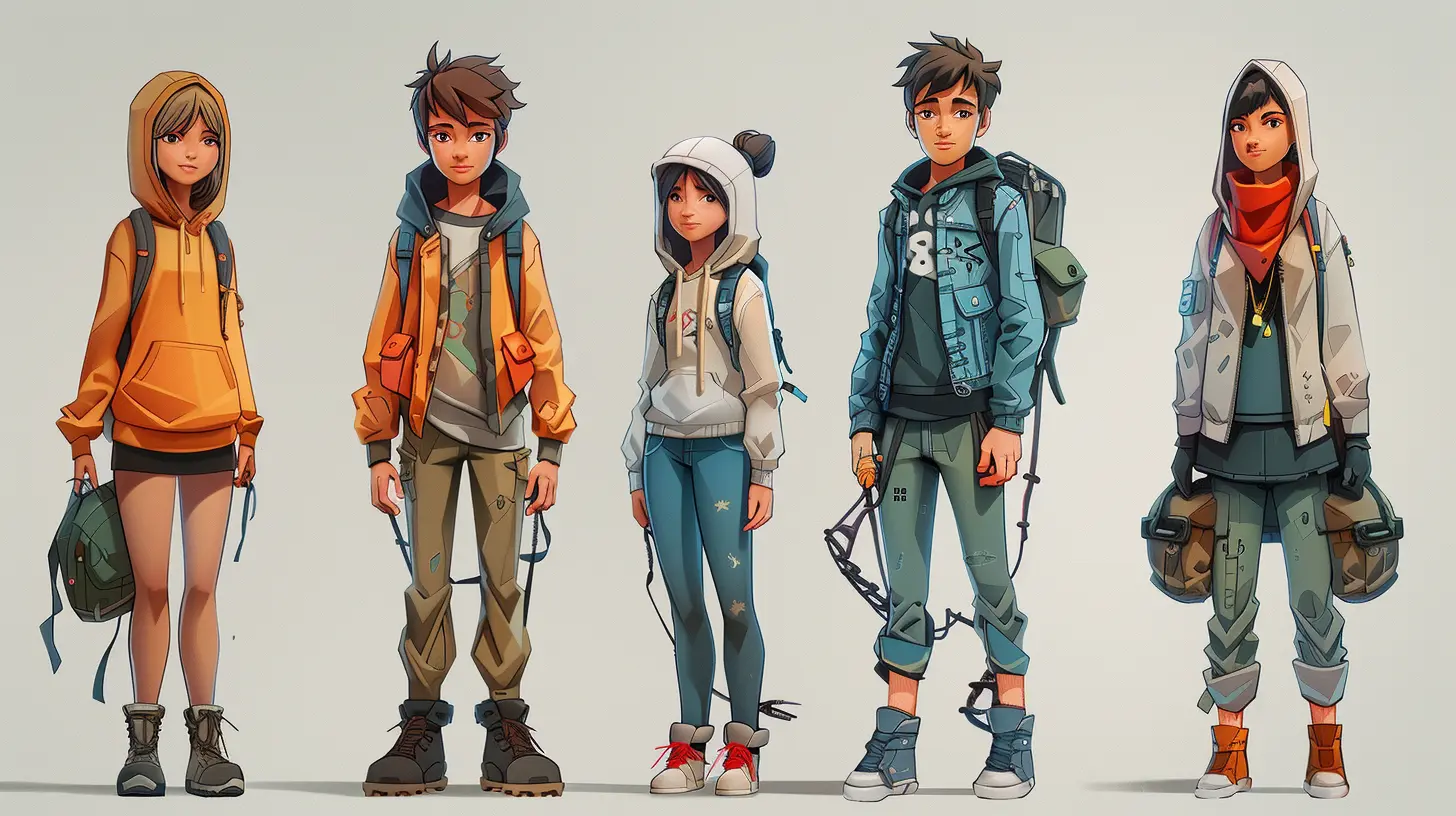
The Character Customization Craze: A Double-Edged Sword
Let’s be real. We all love a good character creator. It's like digital dress-up for grown-ups, right? Games like Elden Ring and The Sims hand you tools that rival high-end beauty apps. You can spend hours sculpting “you but with elf ears.”But that level of detail? It’s exhausting. It can become overwhelming. You fire up a new RPG and suddenly you’re stuck in the character editor for 45 minutes debating freckles.
That’s the double-edged sword—yes, deep customization can offer insane freedom, but it can also bog down your first impression of the game.
So now let’s flip the script. What if the best character design starts with a strong silhouette, a few useful options, and a clear vision?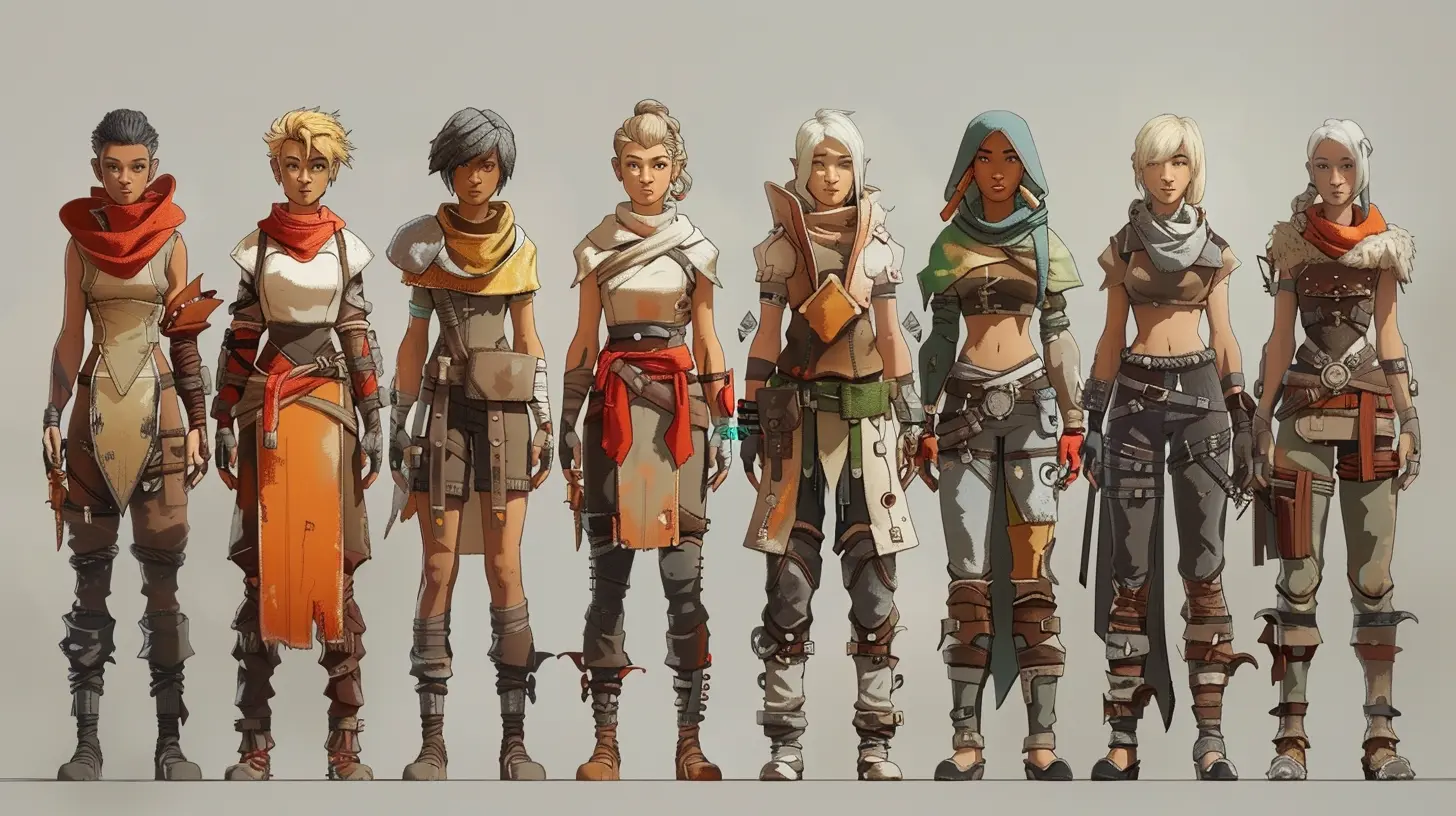
Why Minimalism Is Gaining Ground
Ever noticed how some of the most iconic characters ever created weren’t customized at all?Think Link. Think Mario. Think Master Chief.
There's a power in simplicity. These characters became timeless because they had a bold, clean design that didn’t let a million options drown them out. But that doesn’t mean modern games can’t let players personalize their avatars. It just means they don’t have to let them micromanage every eyebrow hair.
Here’s why minimalism works:
- Faster onboarding: Less time in menus, more time actually playing.- Clearer character identity: Keeps the narrative tight and purposeful.
- Better performance: Let’s not forget, complex asset customization can slow your hardware (especially in online play).
- Intuitive UI/UX: Easy navigation always makes for a better user experience.
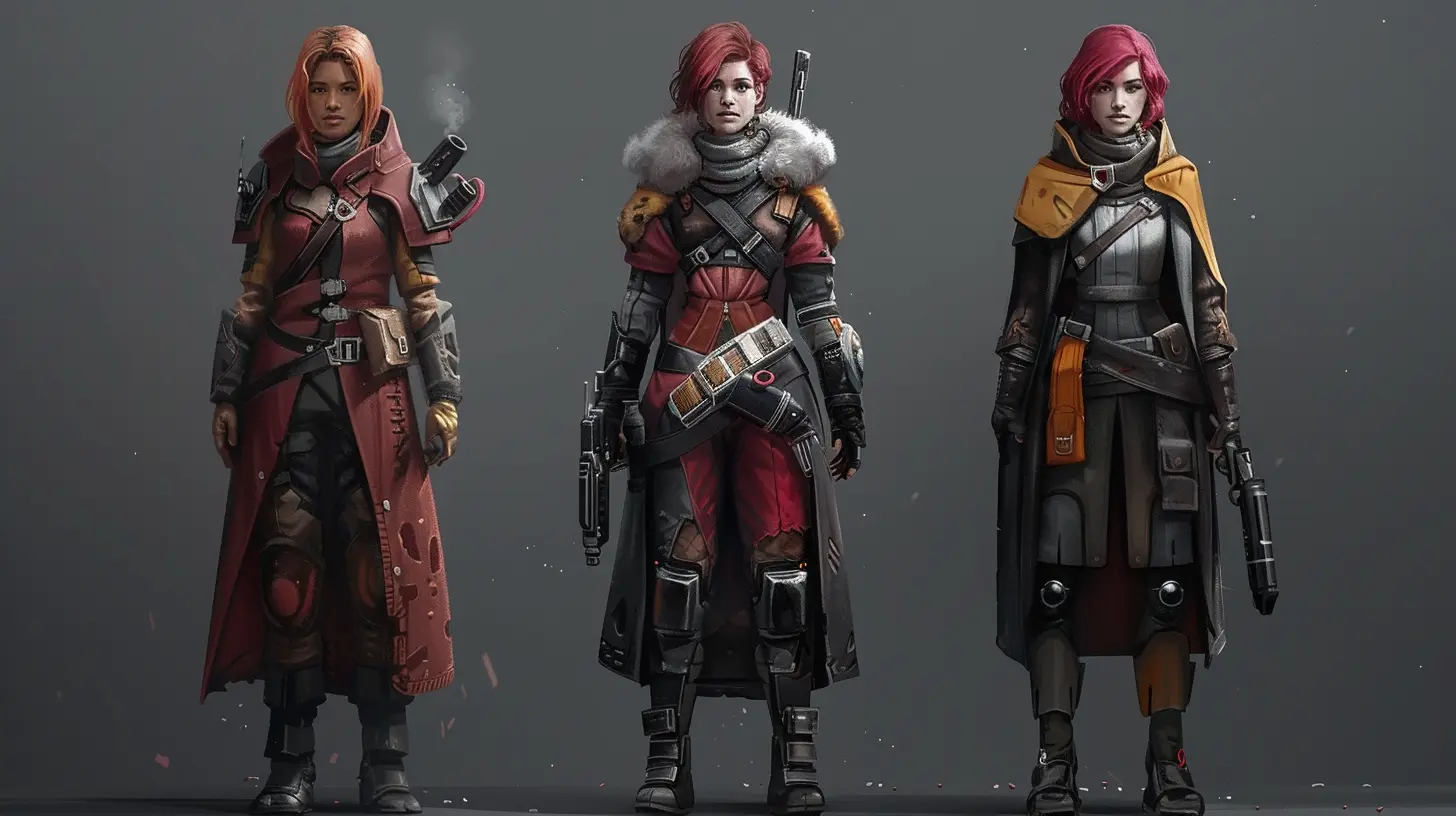
The Psychology Behind "Less Is More"
Yep, there’s science behind it.Humans get overwhelmed with too many choices. Ever sat at a restaurant with a 20-page menu and had no idea what to order? Same thing happens in games. It’s called the paradox of choice—the more options we have, the less satisfied we are with what we pick. It leads to decision fatigue.
Minimalist customization cuts that noise. It narrows things down, letting players focus on what matters—gameplay, story, and fun.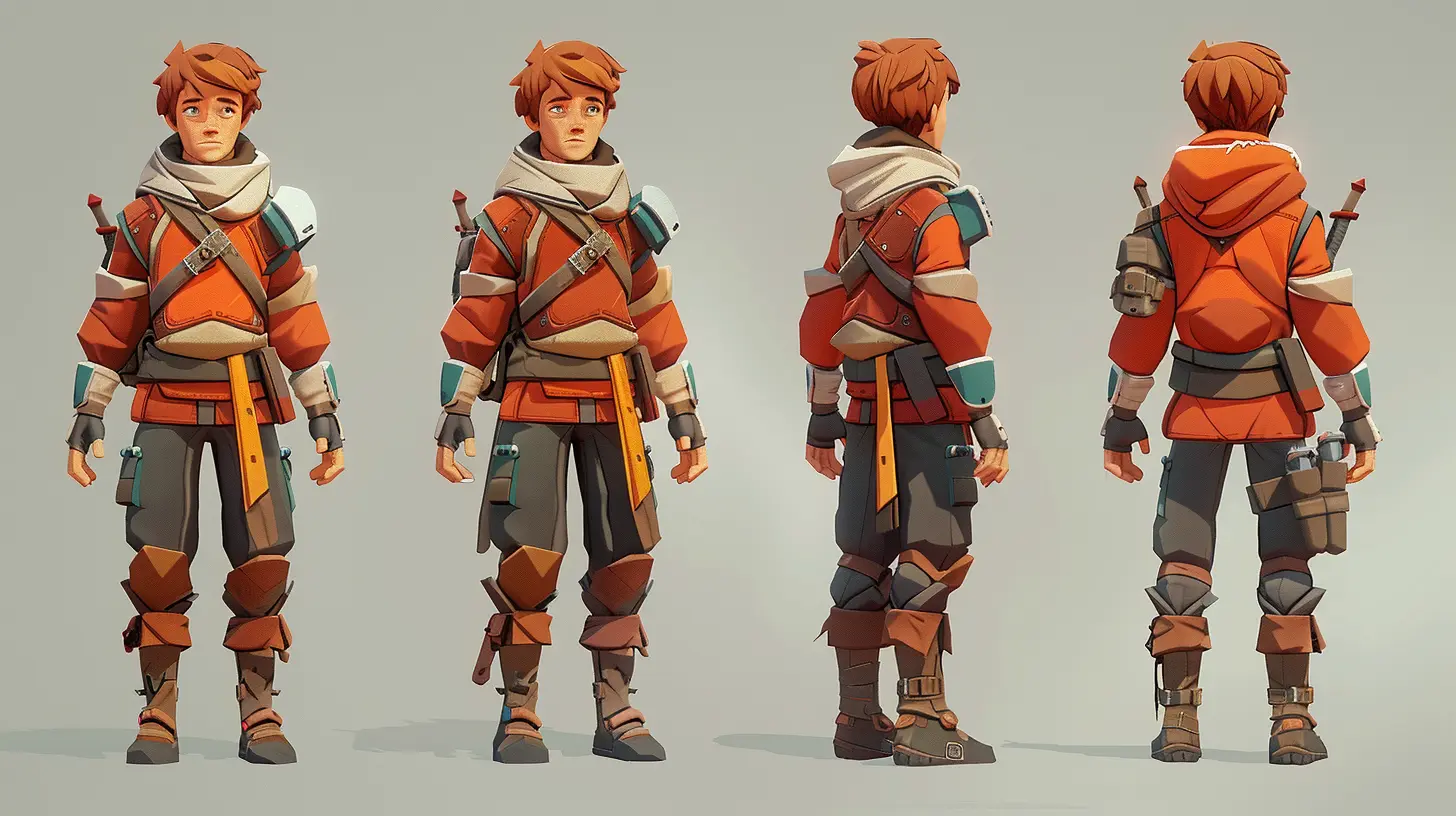
Great Examples of Minimalist Customization That Just Work
Let’s look at some games that nailed this design philosophy. These titles got it right by doing less, and trust me—it paid off.1. Journey (ThatGameCompany)
Pretty much the gold standard in minimalist everything.You don’t pick your character’s gender, hairstyle, or voice. You're a robed figure with glowing eyes. That’s it. And yet, this blank slate allows everyone to project themselves onto the character.
No distractions. Just you and the vast desert.
2. Inside (Playdead)
A dystopian puzzle platformer that proves less fuss equals more focus.The protagonist is a boy in a red shirt. No customization. No dialogue. Yet, it pulls you in emotionally within minutes. It’s all about storytelling through movement, atmosphere, and tension—things customization sliders can’t deliver.
3. Hades (Supergiant Games)
Okay, hear me out—Hades does offer character design. But it’s all pre-done by thoughtful artists. You don’t get to alter Zagreus’ chiseled jaw or his fiery hair, but you don't need to.Every character is visually distinct, so when they pop up in a battle or cutscene, you instantly know who they are. That’s efficient design.
4. Among Us (InnerSloth)
You can change your color and toss on a silly hat. That’s it. And yet, the game blew up.Why? Because you don’t need much to differentiate yourself. Everyone looked similar enough to create amazing tension and paranoia, which fed directly into the gameplay loop.
It’s a lesson in simplicity—strip down the graphics, narrow the options, dial up the fun.
Striking the Balance: Keeping It Simple, But Not Boring
Alright, let’s not throw fully-featured customization under the bus. Games like Cyberpunk 2077 and Black Desert Online show how deep customization can be a draw on its own. But the key difference? These games market that complexity. It’s part of the appeal.If your game isn't pitching itself as a character creator's dream, then simpler is better.
Here’s how game devs can strike that perfect balance:
1. Offer Style Templates First
Give players a few strong premade styles to choose from. Think Mass Effect’s Commander Shepard defaults. It gives players a base. Then let them tweak it if they want.2. Let Gear Speak Louder Than Faces
Instead of making players worry about facial symmetry, give them cool armor sets or signature accessories. These are the details that show up in gameplay anyway.3. Color Palettes Over Sliders
Letting players choose from preset color palettes is a great middle-ground. It adds identity without complexity.4. Use Symbolic Design
Characters with symbolic or cultural design cues often resonate more. Think Kratos’ red tattoo or Geralt’s wolf medallion. A single strong icon can say more than 25 sliders.Minimalism Doesn’t Mean Lazy Design
Some folks hear “minimalist” and think “lazy.” Like the devs didn’t feel like coding a full editor.But that’s not the case. Minimalist design takes intention. It takes thought. You’re not just removing features randomly—you're choosing what not to include so the core experience shines.
Think of it like editing a movie. You cut the scenes that don't need to be there, not because they’re bad, but because the story is stronger without them.
What Players Actually Want (Hint: It's Not 1,000 Hairstyles)
Sure, there’s a niche of gamers who adore spending hours perfecting their character’s cheekbone depth. But the majority? They want a character that:- Looks good.
- Feels unique enough.
- Doesn’t require a PhD to make.
Players want to get into the game faster. They want to feel cool from the get-go. They want choices—but not chores.
So when devs embrace a “less is more” philosophy, they’re not robbing players of freedom. They’re freeing them from the tyranny of 1,000 meaningless choices.
Final Thoughts: It's All About Intentionality
When you design with intent, minimalism becomes a superpower.You don’t need to overwhelm your players to impress them. Focus on a few meaningful design elements. Use customization to support the story, not distract from it. Build avatars that players emotionally connect with—not just cosmetically manipulate.
There’s a time and place for all-out customization suites. But sometimes? Simplicity steals the show.
Strip a concept down to its essentials, and what you’re left with is often stronger, clearer, and way more memorable.
So remember, when it comes to character customization—less might just be more.
all images in this post were generated using AI tools
Category:
Character CustomizationAuthor:

Pascal Jennings
Discussion
rate this article
1 comments
Luella Whitaker
I love how minimalist character designs can evoke so much personality with just a few simple features! Sometimes, less really is more—these streamlined options let us focus on gameplay and storytelling, making each character feel unique and memorable without overwhelming us. Great read!
August 16, 2025 at 4:00 AM

Pascal Jennings
Thank you! I completely agree—minimalist designs can truly highlight character personality and enhance the overall storytelling experience. I'm glad you enjoyed the article!

